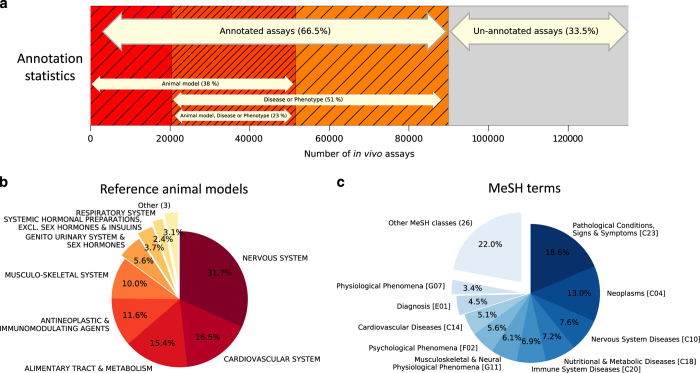Figure 3. The in vivo assay dataset and its annotation.
(a) Of the total number of identified in vivo assays, 89 844 assays (66.5%) have been annotated, while 45 347 assays (33.5%) remain unannotated. Of the annotated in vivo assays, 51 580 assays (38%) have been annotated by a Hock17,18 or Vogel19 reference animal model, 69 449 assays (51%) have been annotated by a disease or endpoint with pharmacological or toxicological relevance, and 31 185 assays (23%) have been annotated by both reference animal model and a disease or phenotypic endpoint. Note that some assays are annotated by more than one reference animal model or disease or phenotypic endpoint. (b) Breakdown of the annotated animal models for in vivo assays by frequency of occurrence and grouped at level 1 assay classification headings. Low frequency groups of assay classification level 1 headings are (<2%; ‘Other’): ‘Blood and Blood Forming Organs’, ‘Sensory Organs’ and ‘Dermatologicals’. (c) Breakdown of the annotated in vivo assays by frequency of occurrence of MeSH terms (level 1, e.g. ‘C04’). Low frequency groups of MeSH level 1 terms (<3%; 26 level 1 classes) have been grouped together; this includes, ‘Behavior & Behavior Mechanisms [F01]’, ‘Mental Disorders [F03]’, ‘Endocrine System Diseases [C19]’, ‘Circulatory & Respiratory Physiological Phenomena [G09]’ and ‘Respiratory Tract Diseases [C08]’.

